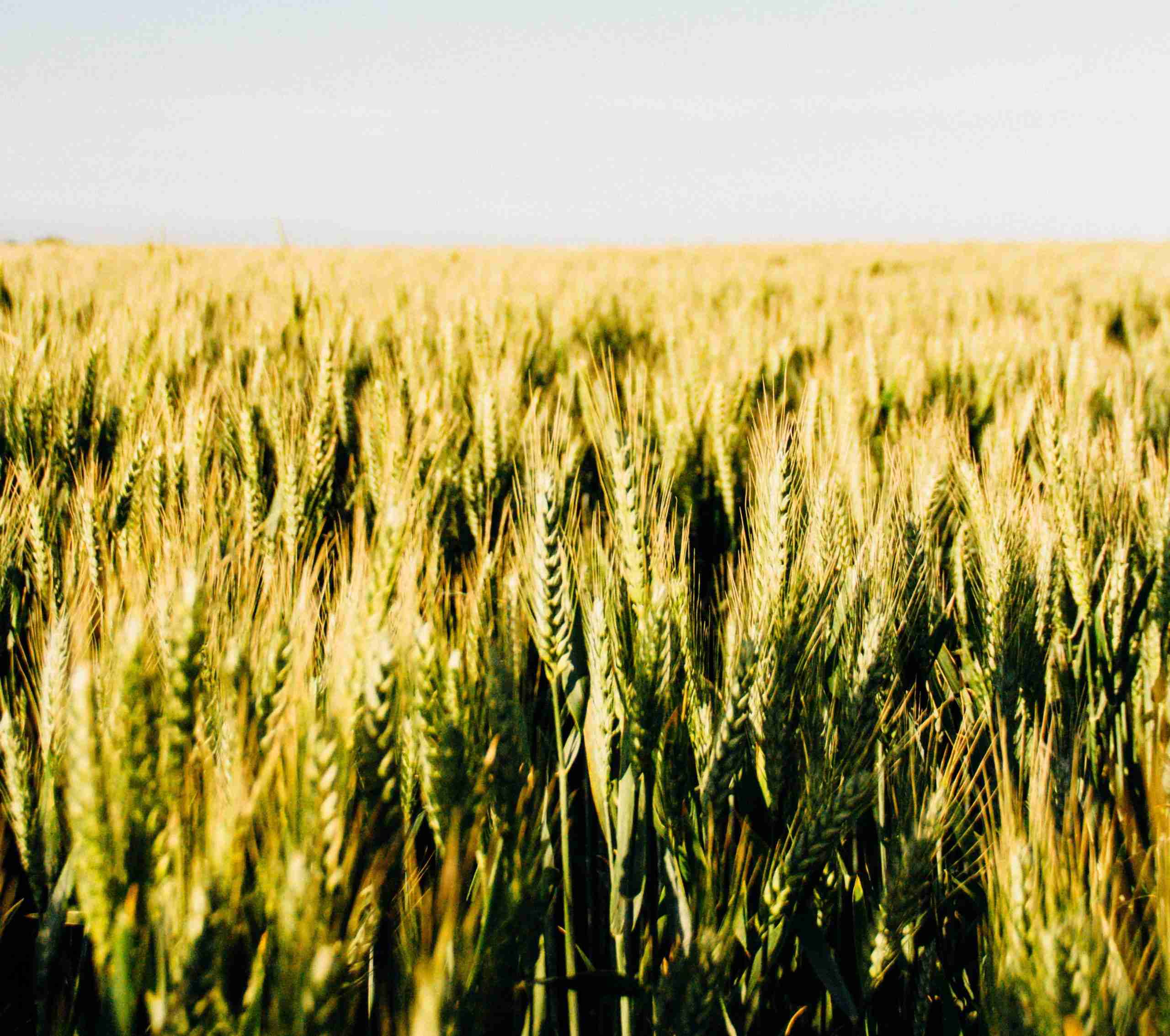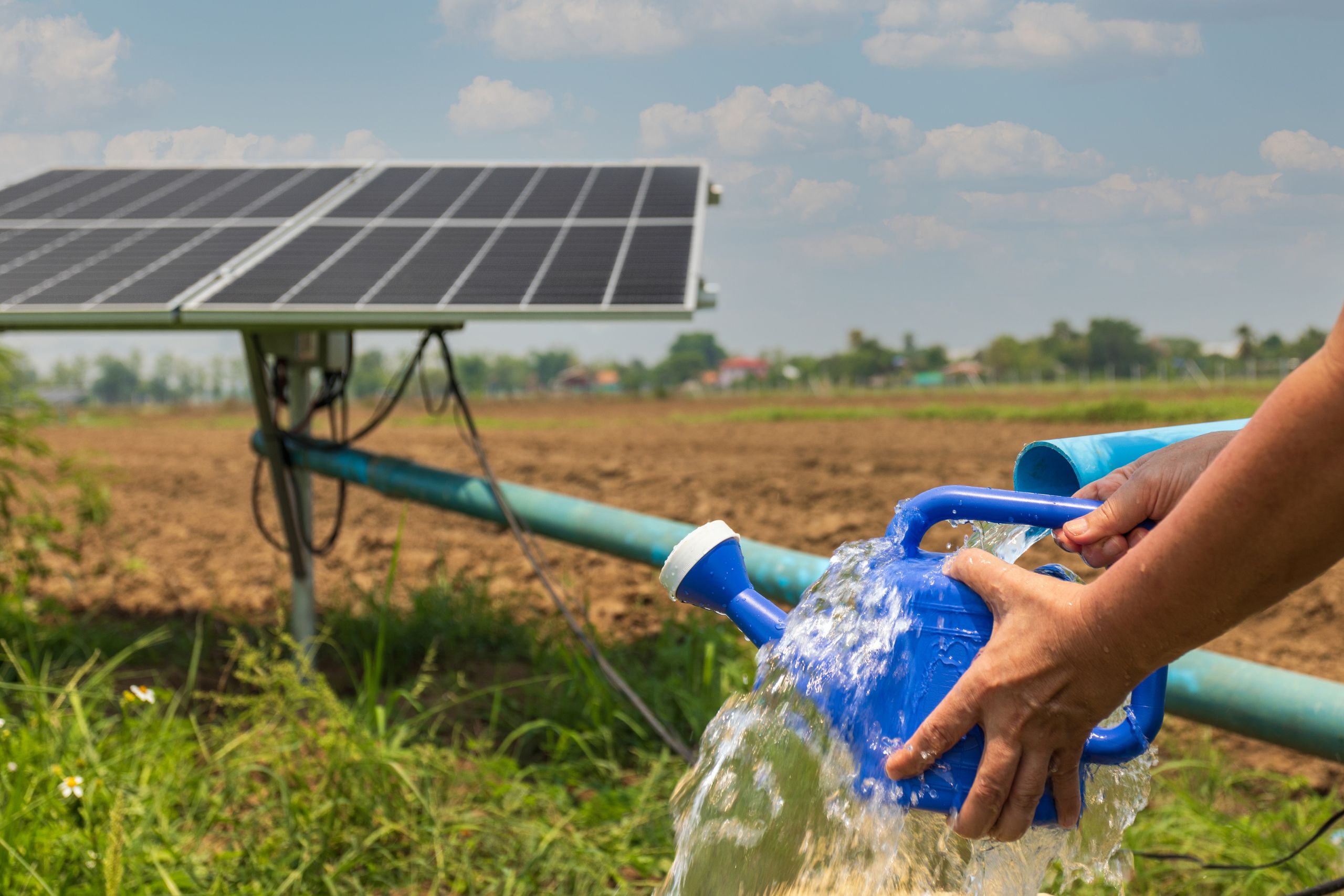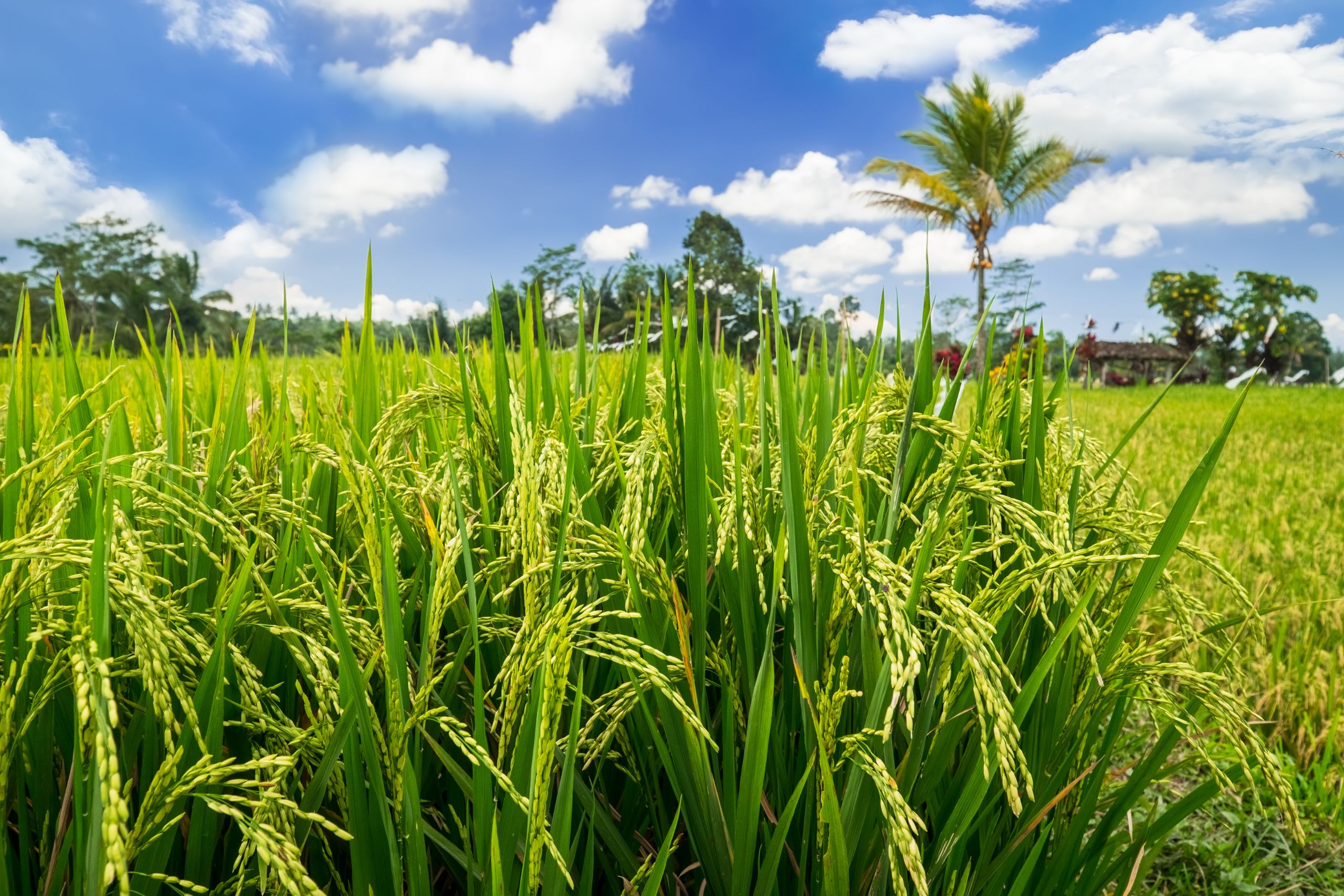Types of land
The land is classified into two major types; wetland and dryland. But what exactly are wetland and dryland?
Wetlands are areas which are surrounded by water or have soil that has good moisture. Wetlands acquire water from surrounding rivers and small water bodies. Wetlands are highly diverse and many types of plants can be cultivated here. The major crops that are cultivated in wetlands are paddy, sugarcane, turmeric, plantain and betel leaves.
Drylands are areas that do not have much water resources and have unpredictable rainfall. But these areas have crops that flourish specifically in these types of lands. Some of the crops cultivated in drylands are cotton, millets like ragi, varagu and samai and a wide variety of fruits and vegetables.
There are also some unique plants which can be grown in both of these lands. Green leafy vegetables, coriander and mint can be cultivated in both types of lands.
Can wetland be converted into dryland and vice versa?
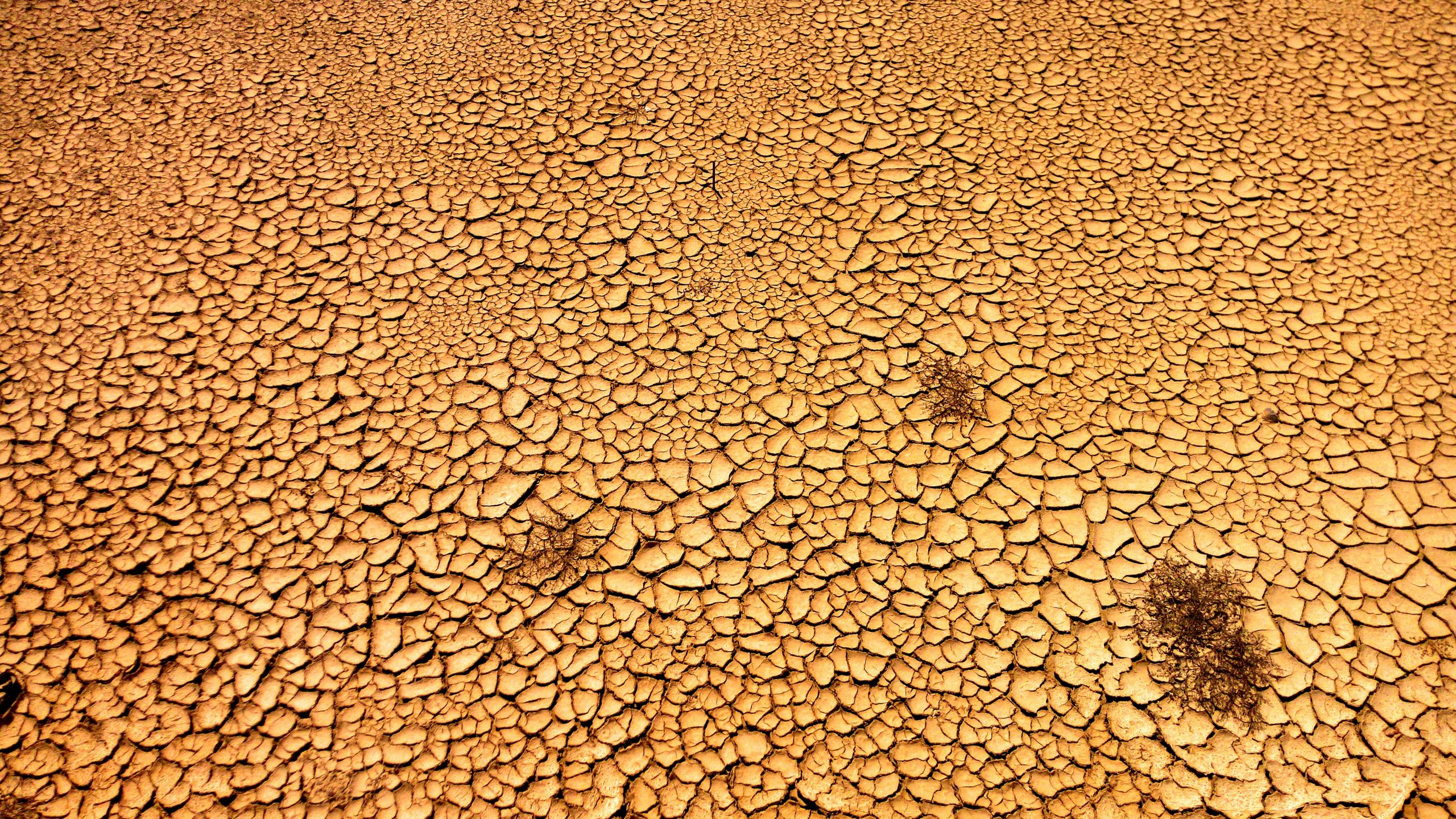
This process is possible but is highly time-consuming and takes a lot of effort. So, unless it is really called for, it is advisable not to try out this strenuous job.
There are also various types of soil in these lands. Some of them are red soil, black soil, clay soil, salty soil and marshy soil. The soils are very different in color and have differences when it comes to various types of cultivations.
Red soil is mostly found in warm places, and is very fertile. Under proper irrigation, it can produce crops like wheat, millets and potatoes. Black soil is used to produce cotton, chillies and maize. Clay soil produces lettuce, cabbages, broccoli and sugarcane. Vandal soil (alluvial soil) is found alongside rivers and deltas. The combination of clay soil and Vandal soil produces paddy.
There are a variety of plants that can be cultivated in salty soil like shrubs, century plants, oleander, New Zealand flax, rosemary, magnolia trees, eastern red cedar, southern magnolia, willow oak and much more. Plants that grow well in marshy soil are cattails, sedges, sawgrass, marsh marigold and corkscrew rush.
5th Century BC paddy in Tamil Nadu
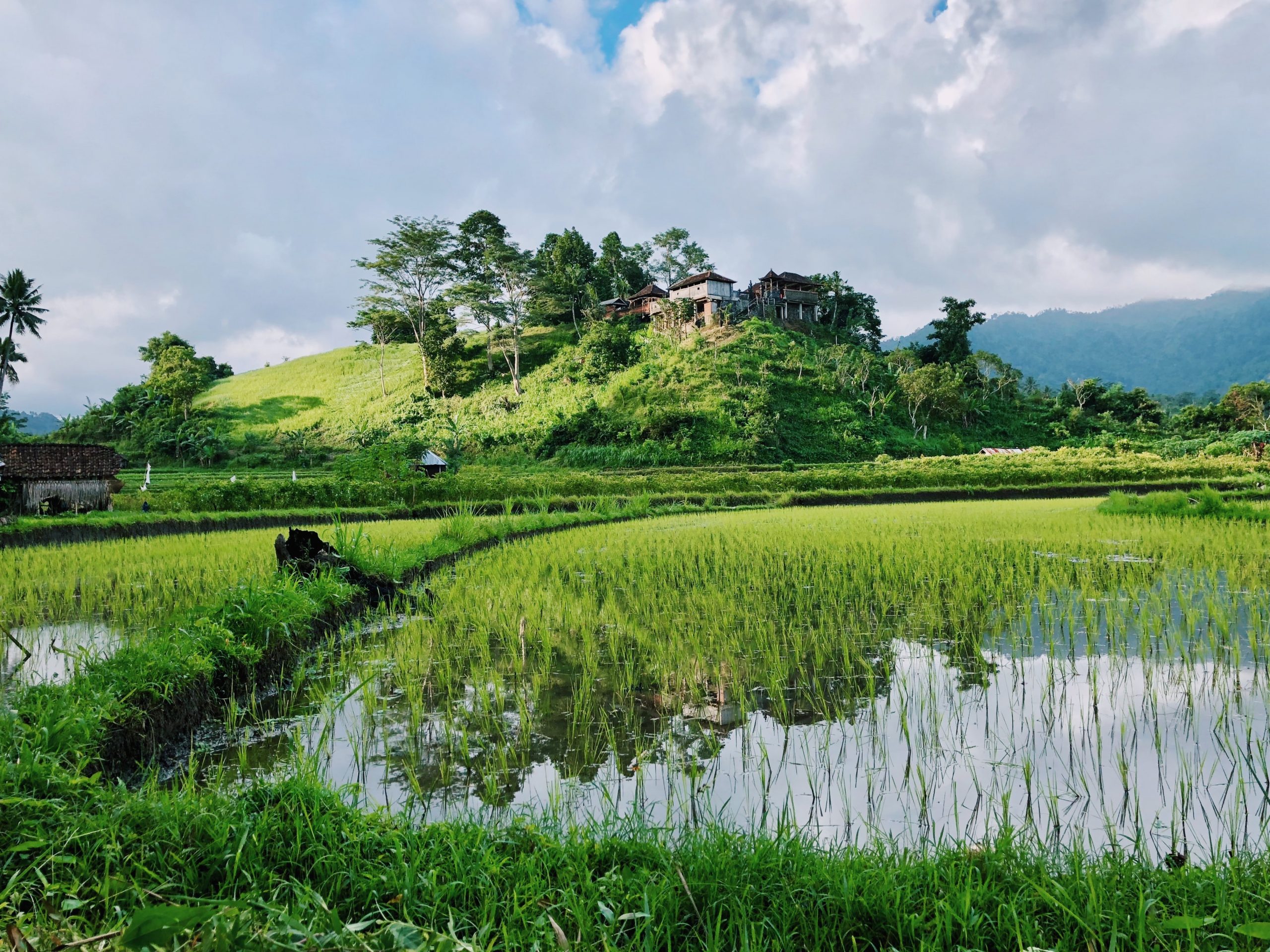
The Department of History from Pondicherry University had conducted an archaeological research in a place called Porunthal village near Palani. They found a four-legged jar in a village called Chinna Gandhipuram. They also found paddy in the jar. How old could the paddy have been?
In a research carried out by Beta Analytic Laboratory – USA, it was found that the paddy belonged to the period between BC 490 and BC 450. The research team also found some brick work buildup in a place called Pasimedu, and discovered that a glass bead production unit had existed between 1st Century BC and 3rd Century BC.
The five types of land
Ancient Tamil literature shows that people lived in five major types of land and the people who lived at each place ate different types of food. Different types of lands have different atmospheres and climate conditions and people tend to eat accordingly.
Western people ate food like wheat and meat to withstand their cold climate. Similarly in North India, people used to consume more of sweet and fatty food due to the cold climate. Whereas in states like Tamil Nadu, where the climate is temperate all year round, people ate rice and other food which did not produce heat in their bodies.
Now let’s take a look at the five types of lands and the types of food that people ate in these lands.
Sl.No | Types of Land | Types of Food |
1 | Kurinji (Hills and places around hills) Mostly cold places E.g. Ooty, Kodaikanal | Hill grown rice, bamboo rice, Thinai. People used to eat Thinai powder mixed with honey, and also root vegetables. |
2 | Mullai (Forests and its surroundings) E.g. Thirupattur, Natrampalli | Varagu, Saamai, and a variety of meat, which included animals from the forest during ancient times. |
3 | Marutham (Fields and places around fields) Places with adequate water for cultivations E.g. Thanjavur, Madurai | People cultivated sugarcane and varieties of rice, which included red rice and Vellai arisi(white rice) |
4 | Neithal (Seas and places around sea) E.g. Thoothukudi, Chennai, Pondicherry | They had salt in large quantities and they exchanged it for other food. Fishing was also common, so they consumed fish as well. |
5 | Paalai (Dry deserts and places around it) (Not big deserts like Sahara) | They exchanged salt and honey to get other essential food. |
Where was paddy first cultivated?
Tamil is a language rich with vocabulary and has several words that refer to the same concept but with slight variations in meaning. For example, for the word ‘tell’, there are many Tamil words like sol, kooru, pagir, iyambu, vilambu and so on.
Even for paddy, Tamil has different names, where some of them stand for different varieties of rice.
- Paddy is also called as Sol.
- Saali is also paddy (derived from Tamil Sangam poems)
- Thorai is a type of rice found in hill stations (also from Tamil Sangam poems)
- Ivanam is also a type of hill variety paddy.
- Pongazhi is paddy which is not cleaned, whereas Poli is cleaned paddy.
Where was paddy first cultivated?
Paddy is believed to be first used in India and China. Some researchers say that paddy was first cultivated in China and then spread to other parts of the world, whereas some argue that paddy was first produced both in China and India and then spread to other parts of the world. There is no adequate proof to prove which one is authentic.
In Uttar Pradesh there was an area called Kallegabath which had a lake called Lahuradeva. Paddy is believed to be cultivated in the banks of this lake. According to the findings of Birbal Sahni Institute of Palaeosciences, Lucknow, this was before 9250 years.

